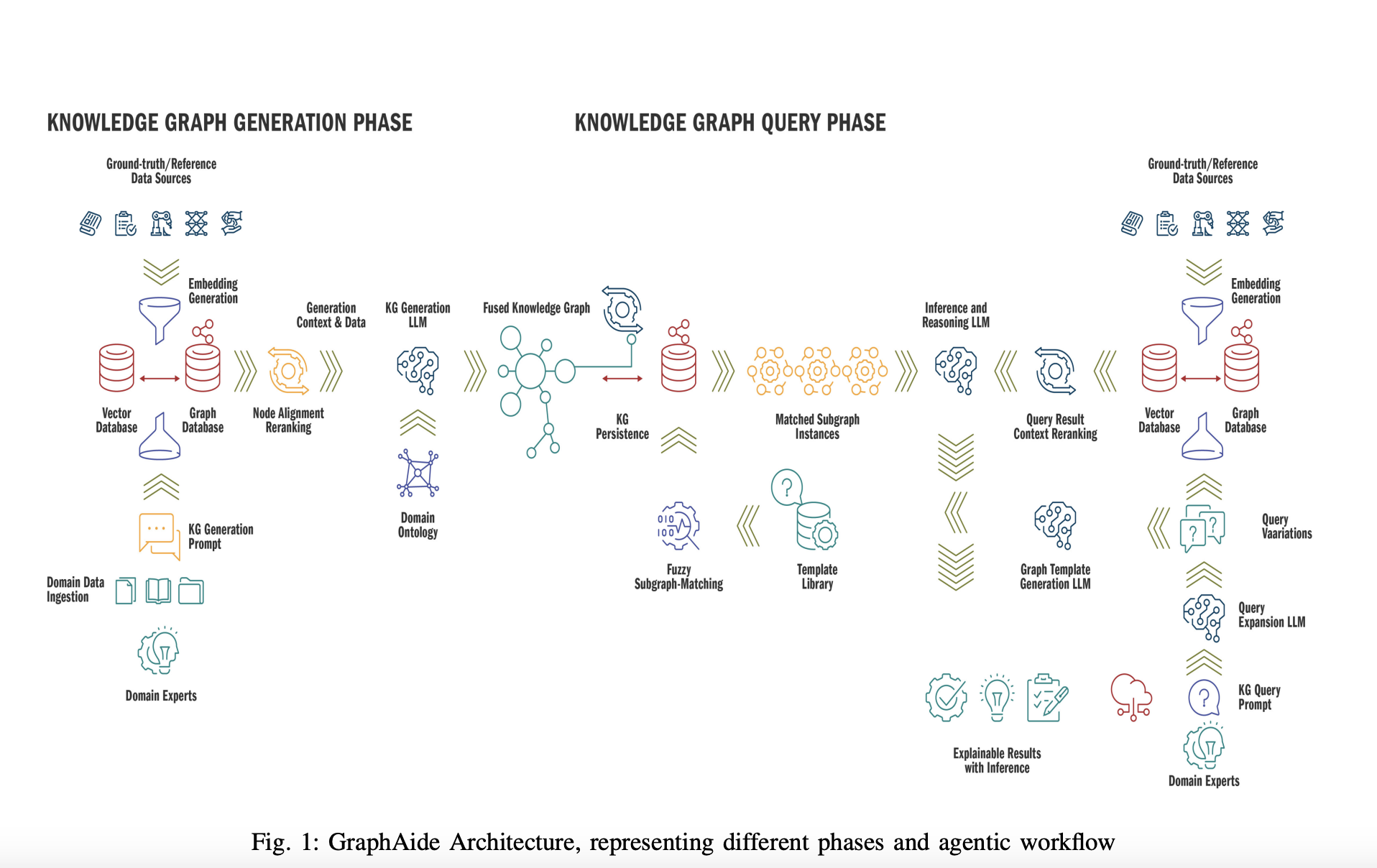
Understanding Large Language Models (LLMs)
Large Language Models (LLMs) are transforming how we apply artificial intelligence in many fields. They allow experts to use pre-trained models to find innovative solutions. While LLMs are great at summarizing, making connections, and drawing conclusions, creating applications based on LLMs is still evolving.
The Role of Knowledge Graphs (KGs)
Knowledge Graphs (KGs) are valuable tools that provide foundational knowledge in various environments. However, building them is challenging due to large data sets, diverse concepts, and resource needs. One major issue with LLMs is hallucination, where models generate incorrect facts based on their training data.
Current Solutions and Their Limitations
Current methods mainly focus on specific applications, with Retrieval-Augmented Generation (RAG) as a common approach. RAG converts unstructured data into manageable chunks stored in vector databases, helping to retrieve relevant context for LLM queries. While it addresses issues like hallucination, it has limitations due to its dependence on semantic similarity.
Introducing GraphAide
Researchers from the Pacific Northwest National Laboratory have developed GraphAide, an advanced LLM-based tool. It provides insights into domain-specific data, allowing users to ask questions in natural language. GraphAide integrates GenAI with semantic web technologies, using a modular and extensible RAG approach.
Key Features of GraphAide
- Combines vector and graph databases to enhance traditional LLM applications.
- Extensible architecture that ensures components can be reused throughout the application lifecycle.
- Dynamic query interpretation allows for more flexible and intelligent responses.
How GraphAide Works
GraphAide operates in two main phases:
- Curation Phase: Gathers information from multiple sources to build a comprehensive Knowledge Graph.
- Exploration Phase: Offers an interactive interface for users to query knowledge easily.
Results and Benefits
GraphAide processes news articles to create a Knowledge Graph that improves accuracy in entity recognition and relationship extraction. It addresses common issues like node type imbalance and excels in extracting event-based edge types for better temporal representation.
Conclusion
GraphAide marks a significant step forward in using LLMs for specialized digital assistants. Its innovative combination of KG capabilities and RAG techniques enhances accuracy and user confidence. Future work will focus on improving evaluation metrics for accuracy and relevance.
Get Involved
Check out the research paper for more details. Follow us on Twitter, join our Telegram Channel, and participate in our LinkedIn Group. If you appreciate our work, subscribe to our newsletter and join our 55k+ ML SubReddit.
Upcoming Free AI Webinar
Join us for a free webinar on implementing intelligent document processing with GenAI in financial services and real estate transactions.
Transform Your Business with AI
Stay competitive and leverage GraphAide to enhance your business operations:
- Identify Automation Opportunities: Find customer interaction points that can benefit from AI.
- Define KPIs: Ensure measurable impacts on business outcomes.
- Select an AI Solution: Choose tools that fit your needs.
- Implement Gradually: Start small, gather data, and expand wisely.
For AI KPI management advice, contact us at hello@itinai.com. For continuous insights, follow us on Telegram or Twitter.
Discover how AI can enhance your sales processes and customer engagement at itinai.com.



























